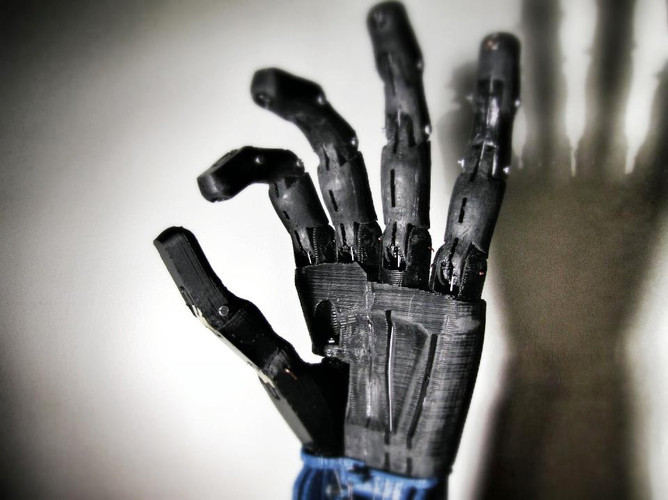Architects Create a 3-D Printed Column That Survives Earthquakes
Joyce Park stashed this in Arts
Stashed in: 3D Printers, Innovation, Stronger!, Architecture
Certain shapes are more resistant to earthquake stresses than others, but they are difficult to achieve without 3D printing. This one is especially cool because it was inspired by historical examples.
It's also cool because it turns out to be stronger than they predicted:
The aptly named Quake Column is a knurled pillar of 3-D printed concrete that combines an ancient Incan masonry technique with state-of-the-art manufacturing tools to create a structure that can withstand seismic shocks without mortar or rebar. In this system, bricks are designed in CAD tools to fit together like a 3-D puzzle and then printed in cement. Once assembled, interlocking features make the column resistant to earthquakes by preventing horizontal movement.
It’s an interesting proof of concept, but utilizing a 3-D printer, rather than traditional ceramic manufacturing technique also unlocked a host of other advantages. The bricks are hollow, creating a high strength-to-weight ratio. Each brick is printed with a code that explains to the mason how the bricks should be configured. Molded handles in each brick make on-site assembly as easy as snapping together Legos. And according to the architect’s calculations, this technique could be used to fabricate building code compliant, load-bearing walls.
“While this was an experiment in connectivity, we have been able to create 3-D printed parts that are much stronger than reinforced concrete in compression,” says architect Ronald Rael. “We are also working on increasing the tensile strength of our materials using reinforcement fibers.”











7:38 PM Oct 09 2014